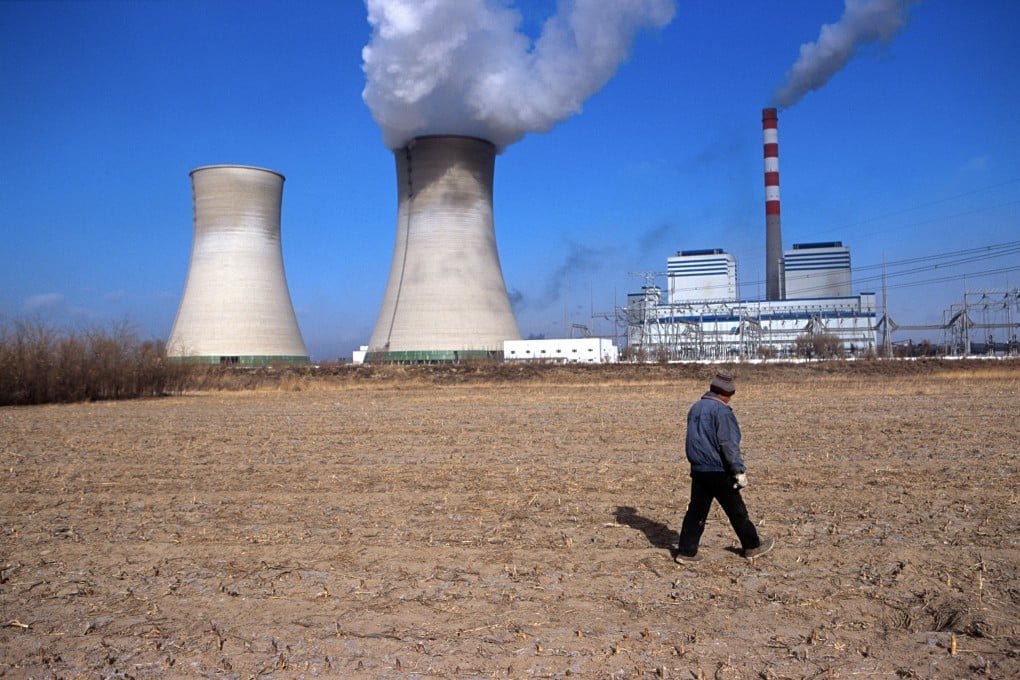In China, food safety is threatened by an increasingly opaque political system
As China has ‘lifted’ its citizens out of poverty, anxiety has shifted from food security to food safety. But the task of improving what goes on the table is hampered by a system hungry to cling to power

Most Chinese people know the old saying that “illness finds its way in by the mouth” (bing cong kou ru), though far too many continue to learn this lesson in an all-too-literal way.
From 2003 to 2014, Chinese media reported at least 37 scandals involving fake or toxic food. In the first three quarters of 2016 alone, 500,000 illegal food safety violations were uncovered by regulators in China. Most recently, unsanitary conditions at wholesale food markets in Beijing and Wuhan were reported as being the likely first sources of Covid-19 outbreaks.
China’s ongoing food safety difficulties highlight a dereliction of business ethics and the failure of government regulators to keep pace with an increasingly market-based economy. However, the role of environmental pollution as a source of unsafe food is often overlooked.

According to an online public opinion survey in 2016, half the reported major food safety scares involved illegal use of food additives or fake/substandard products, and 14 per cent involved heavy metals, pesticides and veterinary drug residues.
“Nowhere has that situation been more complex and challenging than in China, where a combination of pollution and increasing food safety risk have affected a large part of the population,” warned a group of eminent scientists.
